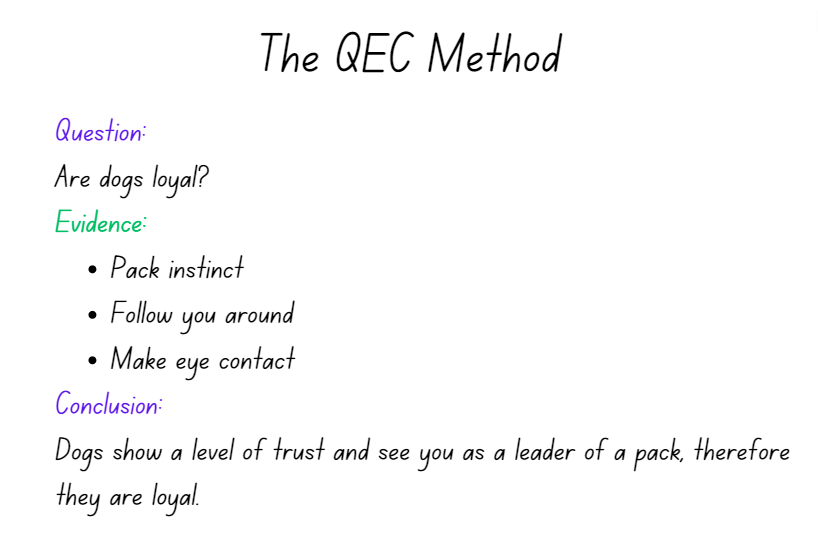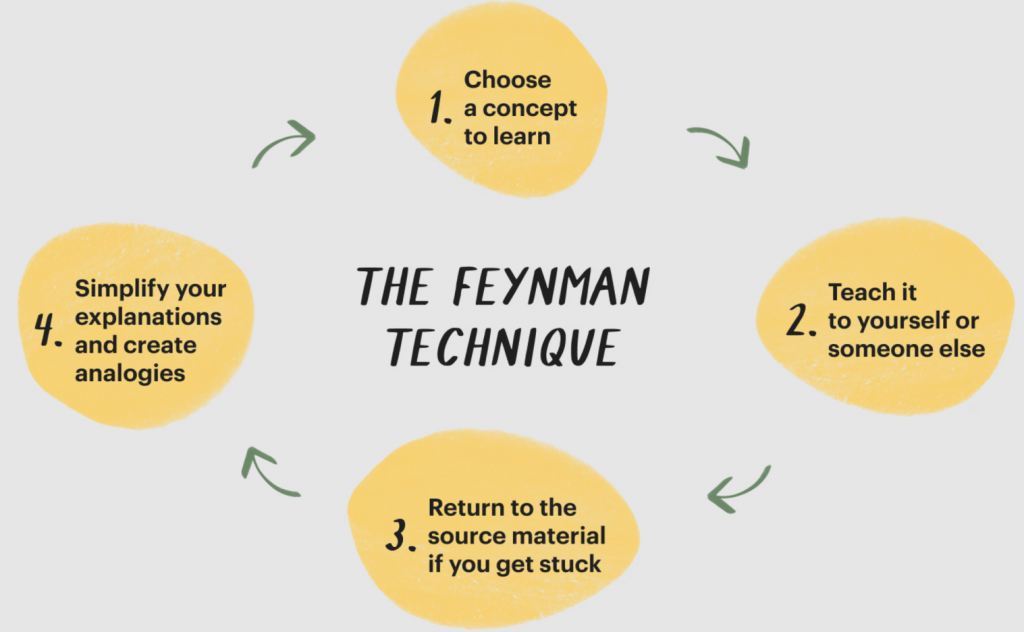
No matter what stage you’re at in your academic career, having a solid way to capture all the information thrown at you — from lectures and group discussions to textbook readings — is essential.
That’s why note-taking can be a game-changer: it increases your understanding, helping you engage with material at a deeper level and, ultimately, boosts your academic success.
In this blog, we’ll dive into five popular note-taking methods, breaking down the pros and cons of each. We’ve ranked them based on the advantages they offer to a broad range of students.
That said, the best method for you may depend on the subject, your instructor’s style, and your own learning preferences.
With five different methods to choose from, you can discover which one suits you best to make the most of your time in and out of the classroom. So, grab a notebook (or your favorite digital device), and let’s dive in!

The Outline Method is a classic approach that helps you organize information in a structured, hierarchical format. You arrange main topics, subtopics, and supporting details in a series of indented bullet points or numbers.
PROS
CONS
Here’s a brief example of what an outline might look like for part of an earth science lecture:
I. Introduction to the Water Cycle
II. Stages of the Water Cycle

The Cornell Method is a favorite in many classrooms. It divides the page into three sections: a cue column, a main note-taking area, and a summary section. During class, you use the main area to capture detailed information and the cue column for keywords or questions. Later, you summarize the content at the bottom.
How it works:
PROS
CONS
Summary: The water cycle supports life and regulates climate through stages like evaporation, condensation, precipitation, and collection. Human and climate factors impact this essential process.

The QEC (Question, Evidence, Conclusion) Method is great for analyzing and synthesizing information. You start with a central question, gather evidence, and conclude with a summary or answer.
PROS
CONS
Example Using QEC for U.S. History:
Question: What were the main causes of the American Revolution?
Evidence:
Conclusion: A mix of taxation, military presence, oppressive laws, and Enlightenment ideas led to colonial desires for independence, sparking the Revolution.

As students refine their note-taking, many turn to the Feynman Flashcard Method for deeper understanding, especially of complex topics. This method is based on simplification and teaching the concept to “someone younger,” breaking down difficult material into clear, concise points.
Steps:
Step 1: Select a topic or concept you want to learn or review. This could be from a lecture, textbook, or any subject matter that needs clarification.
Step 2: On one side of a flashcard, write the main concept or question you want to understand better. This should be specific enough to focus your explanation but broad enough to cover the overall idea. For example, “What is photosynthesis?”
Step 3: On the other side of the flashcard, write a brief explanation of the concept in your own words. Use simple language as if you were teaching it to someone younger than you, or to someone who has never heard about the concept before. This is where the essence of the Feynman Technique comes into play. Feel free to include definitions, processes, examples, or even small diagrams.
Step 4: As you write your explanation, pay attention to areas where you struggle to explain or find it challenging to simplify. These gaps indicate where you need to focus your studying. You can highlight or mark these areas on the flashcard.
Step 5: Once your flashcard is complete, review it to ensure clarity and accuracy. You may need to refine your explanation, making it even simpler or clearer. Remember, everything should be able to fit on a single flashcard — if it can’t, you haven’t made it as simple or as clear as it could be.
Step 6: Regularly use the flashcards to conduct mock teaching sessions. Start by looking at the concept side, and then attempt to explain all of the relevant information on the flip side as if you were a tutor. The ease and accuracy you are able to do this with is usually a good reflection of how well you truly understand the material.
PROS
CONS
The Zettelkasten system is a powerful tool for long-term learning and idea generation. It uses three types of notes—fleeting, literature, and permanent—to create a network of interlinked ideas.
Fleeting notes serve as the first step in the process and are intended for capturing ideas or inspirations as they come to you. These notes are typically brief, informal, and temporary, and they are designed to record immediate thoughts without much structure.
Crucially, they are not meant to be permanent. Instead, they are meant to act as placeholders for ideas that you can expand on later.
Always revisit these notes soon after creating them to refine and develop the ideas further. This way, you ensure that the original thought is not lost, but instead transformed into something more substantial.
Literature notes are specifically for documenting relevant information from external sources such as books, articles, lectures, or podcasts. Unlike fleeting notes, literature notes are more structured and focused. They involve summarizing only the most pertinent points in your own words.
It’s also important to include the source details such as the author, title, and page numbers so you can reference the material accurately later.
Any initial insights or connections you make with existing notes should also be recorded, as these connections will play a key role in building your network of knowledge.
Permanent notes are the final step in the Zettelkasten system. These notes are more polished and each should articulate a single idea or concept in a clear and self-contained manner. As you develop permanent notes, link them to other related notes to create a web of interconnected thoughts. In the end, your collection of permanent notes can serve as an incredibly valuable repository of knowledge throughout your academic career.
PROS
CONS
Mastering the right note-taking method can transform how well students retain information and excel in their studies. At Tokyo Academics, we specialize in empowering students with effective study techniques, including personalized strategies to boost independent learning. Whether it’s the outline method, Cornell Notes, or other approaches, our goal is to help students build lasting study skills that make a real impact. Ready to help your student succeed?
Contact us at support@tokyoacademics.com or book a free consultation today!
Visit our Resource Center and gain access to recorded webinars, podcast episodes, school profiles, and more.